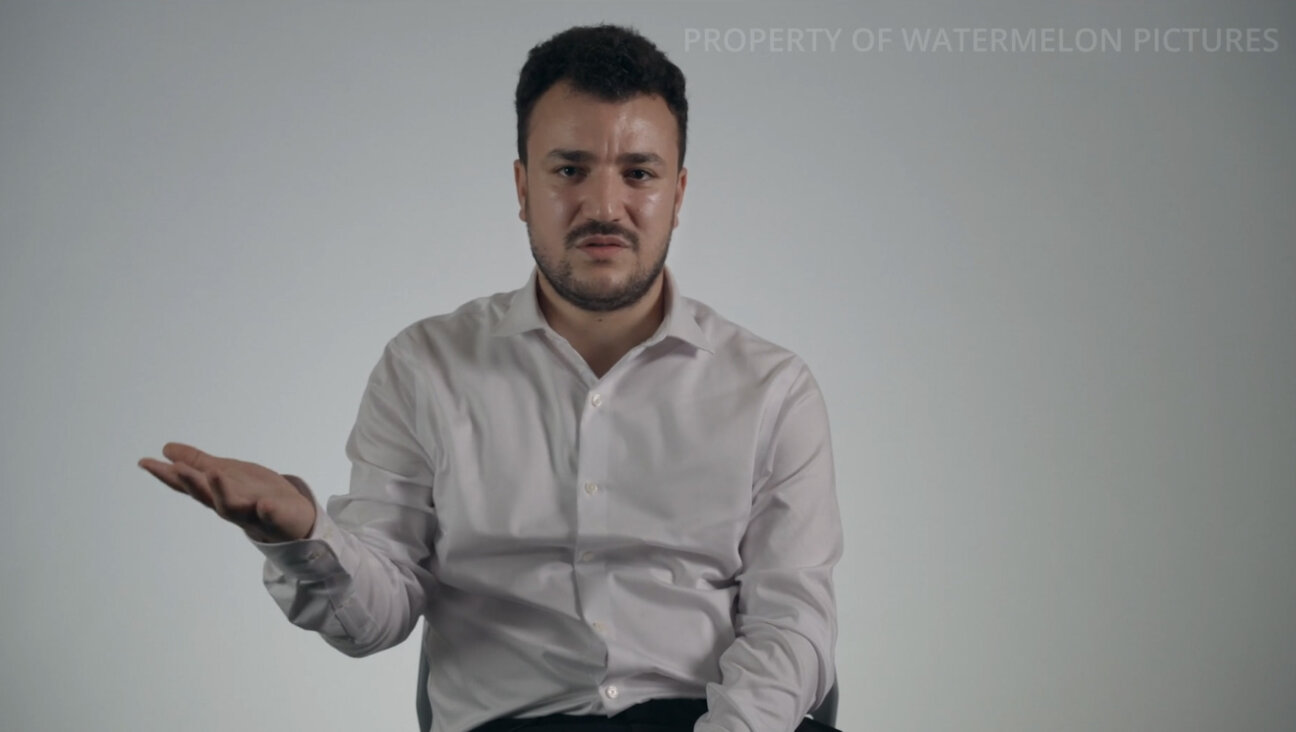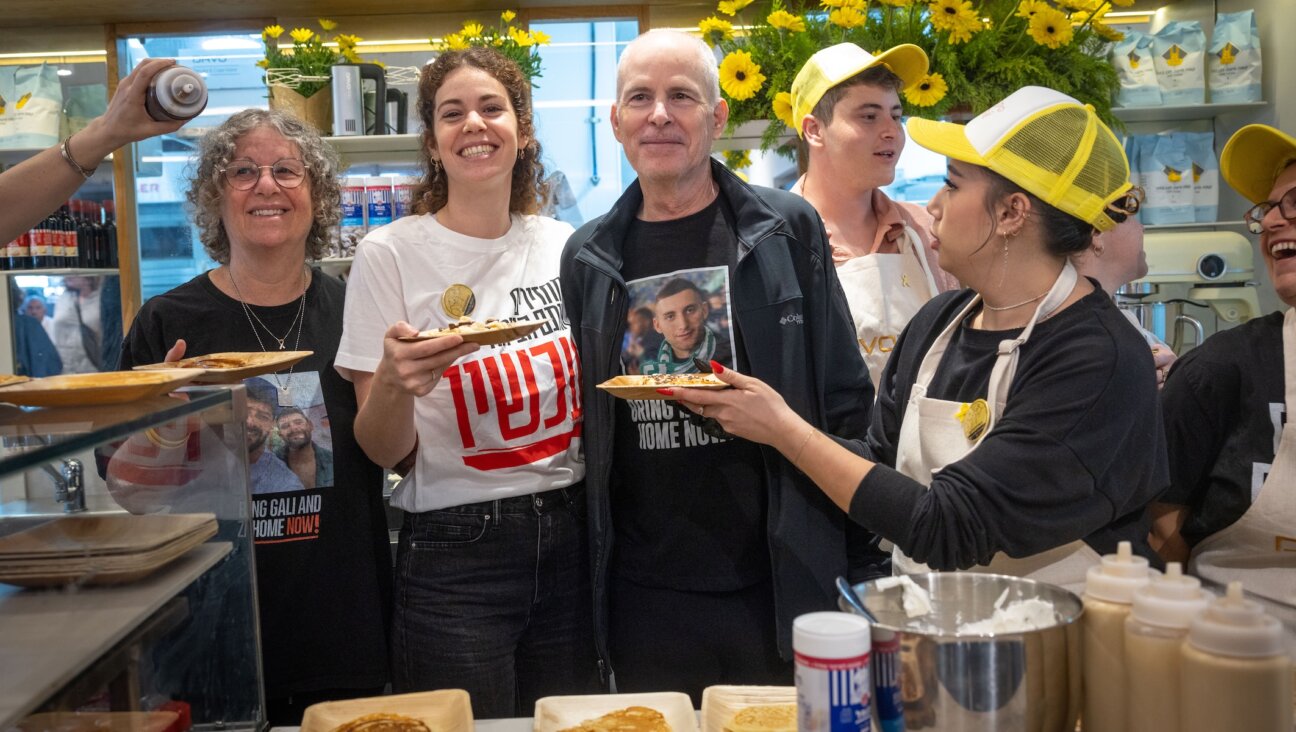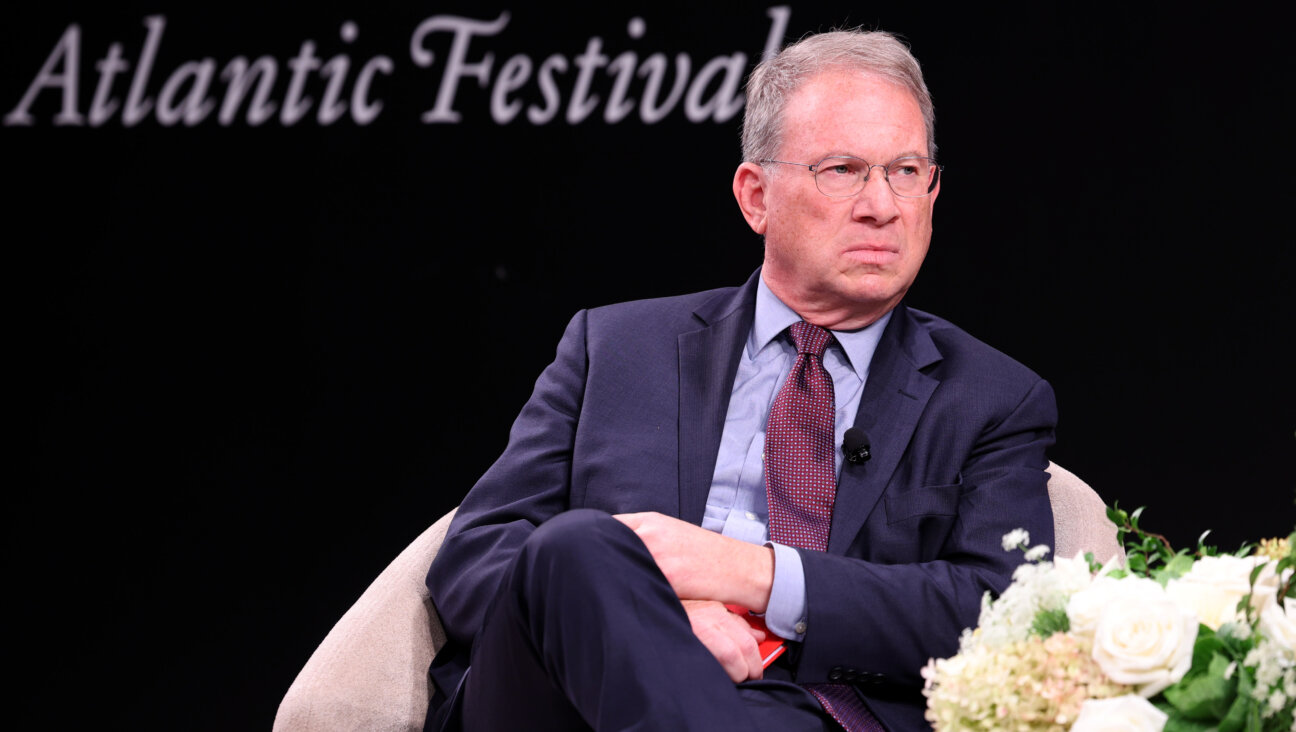Last Moments

Dead Head: Drew Raphael, founder of Dead Apple Tours, offers ?death tours? around Manhattan in which participants can learn the histories and last moments of New York City?s famous dead. Image by COURTESY OF DEAD APPLE TOURS
I’m riding in the back seat of a 1979 funeral limousine, searching for dead people. Inside, there is red lighting, spooky organ music and a skull the size of a cat’s head, affixed to the gearshift. A small group of us sits in the limo instead of in the usual vehicle, a tricked-out purple hearse, because that car is in the shop. I can’t find my seatbelt’s receptacle. The driver, who wears a microphone, white gloves and a black derby, tells me not to worry — that in his care, I won’t end up like the people we’ll learn about on the tour. Not today, anyway.
He is 45-year-old Drew Raphael, founder, owner and operator of Dead Apple Tours, which launched in May and (for $45) offers a chance to learn about the living histories and last moments of New York’s famous dead. Raphael worked in television sales for more than a decade until the recession, when unemployment inspired the third-generation New Yorker to use his love of history and the accretion of the celebrity-death obsession to change careers. The idea for the tour company came in 2008, when he was pushing his child’s stroller one morning and encountered the crowd of people loitering outside Heath Ledger’s apartment after the actor died from an accidental drug overdose. Never having given a tour, Raphael took a few of Manhattan’s more endemic ones — the ride though legendary film sets, the requisite sight-seeing bus tour — to get the hang of it.
On the day I ride with Raphael, it is bleak and rainy. We’re an intimate group, just a couple from San Francisco and me. We begin near the Empire State Building, from which Raphael tells us about 30 people have plunged. As we turn left onto Fifth Avenue, bystanders gawk at the car and its twin flags, which read: funeral. Raphael draws from a script that’s part history, part pop psychology, with cheese ball wisecracks dribbled in. (“Socrates says death is the greatest human blessing. We at Dead Apple Tours think it’s the most entertaining.”) As we ease past the “Sex and the City” tour, he honks and suggests that we give the passengers the finger. We decline, but he goes ahead, and also shouts an expletive, smiling. Next, he increases the speed of the windshield wipers, as rain comes down hard.
Passing Madison Square Park, Raphael tells us about an architect and playboy, Stanford White, whose creations include the original, illustrious Madison Square Garden and wings of the Metropolitan Museum of Art. In addition to his accolades and architectural prowess, White was known for his sexual misconduct and general revelry, which resulted in him being shot in the face in 1906 during a theater performance by the husband of a former lover he had taken when she was quite young. The arch of Washington Square Park is another White design, and when passing it we’re told that the park was a burial ground beginning in the late 18th century for the anonymous, destitute and ill. Historians estimate that remains of 20,000 bodies are still buried there: The disposal method was, dig a big hole and dump.
We talk about world burial practices now, which range from the minimal to the grotesque. In Tibetan sky burial, bodies are brought to mountaintops and left there to feed birds and other creatures. Aboriginal tribes have been known to eat from the remains of deceased relatives. Tahara, the Jewish practice of preparing a body for burial, is puppies and unicorns in comparison. It prohibits the use of embalming fluids and requires that Jews go into the ground simply, without riches or pretensions, wearing linen and resting in a plain pine box.
As SoHo melts into the East Village, we’re told of Daniel Rakowitz, who Raphael claims has Jewish roots and who, in 1989, was accused of killing his girlfriend and boiling her body to make soup that he then fed to the homeless. Locals attested to Rakowitz’s craziness: He often carried a live chicken on his shoulder and claimed he was perhaps the most renowned dead Jew, Jesus Christ.
Raphael believes that the worst way to go would involve rotating blades or being eaten alive, and he wishes for cremation so that his body will convert to energy — heat or maybe even light. He is Jewish, descended from Polish and Dutch immigrants who escaped the Nazis, but I don’t know this until we reach Chinatown, where he mentions religion in the context of our people’s famed hankering for that neighborhood’s food.
What is likely the oldest Jewish cemetery in the country lies in Chinatown’s tiny armpit on St. James Place and Chatham Square, and it’s easy to miss if you blink. Jewish refugees settled the First Cemetery of Congregation Shearith Israel (there are three) after fleeing the Portuguese Inquisition of the late 15th century to Brazil and later becoming North America’s first Jewish settlers. The site was once among the largest burial grounds in Manhattan, but it has now shrunk to a modest parcel of land — a trapezoid — amid government buildings, the Brooklyn Bridge and places to buy cheap rice vinegar. Its existence today on such a valuable piece of real estate is a miracle: a testament to a neighborhood’s great capacity for change with an eye toward its heritage, and the inevitability that new worlds can be built from ruins.
Raphael mentions that he led 18 tours in September and that he hopes to make a profit next year. As the tour wraps up, he says he is certain the human preoccupation with death exists because it’s life’s greatest mystery.
All this death has me thinking about its concrete opposite, which is mysterious, too. The novelist Anne Lamott was once told by a doctor to closely watch her dying friend, that she would learn how to live. Getting past the tour’s hokiness, haunted house music and flat jokes, it’s clear that an added benefit of experiences that celebrate death is that they remind us how very much alive we are.
Contact Allison Gaudet Yarrow at [email protected].
















